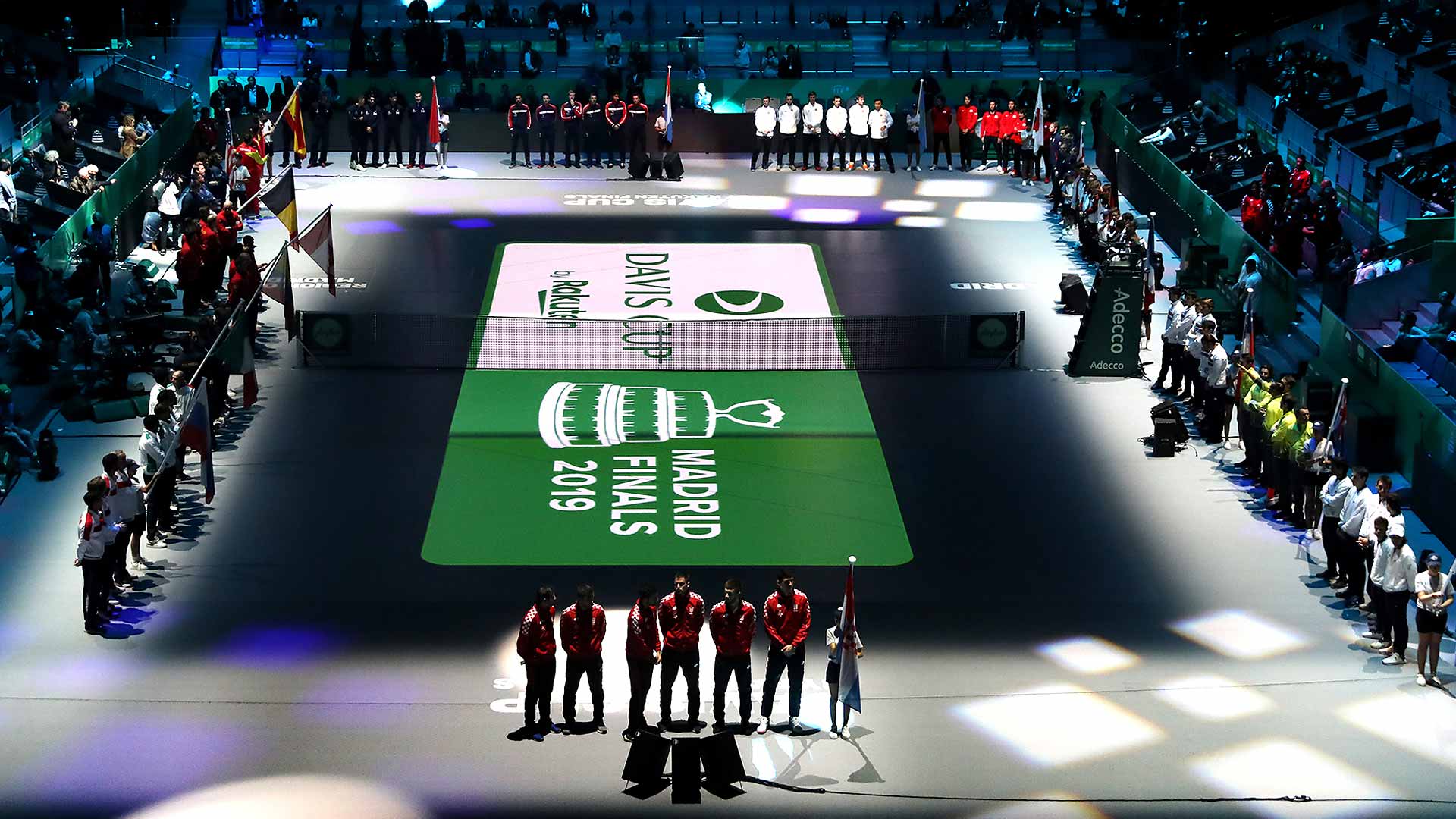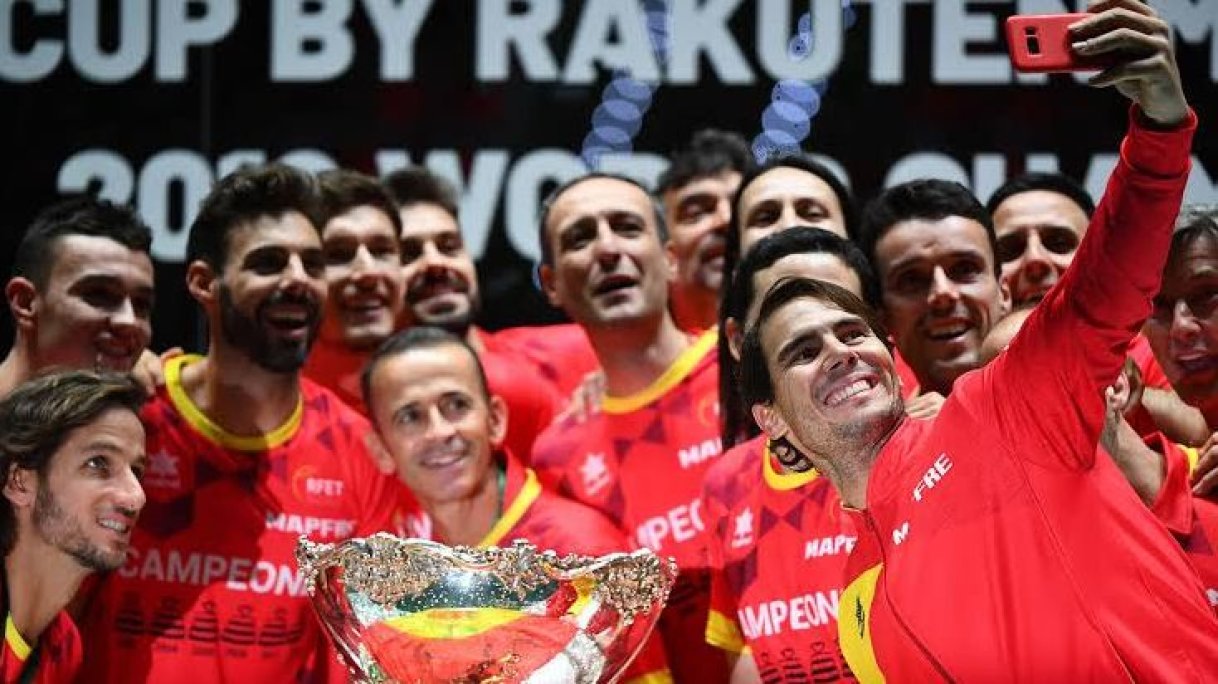The pros and cons of the new Davis Cup format
Ushering in an element of team spirit to an individual sport like tennis is a welcome concept, but still it has not been totally embraced by the players wielding the rackets, recently, at least.
The Davis Cup, the most famous team event, has in fact, been more of a nuisance for the players than something they would value, cherish and fight for. Who else, but the ATP schedule to blame!
It has not been a major feature of the tennis calendar. Nations often compete in the Davis Cup without their best players, and their absence has always rendered the competition moot and boring.
Hence, when FC Barcelona defender and famous footballer, Gerard Pique's company Kosmos pitched in with the idea of transforming the Davis Cup, everyone was looking forward to it.
From an event that took place over four weekends each year, and is played at home-and-away venues, it was set to transcend into a one-week, single-location tournament to be held at the end of each season.
The 2019 Davis Cup final was in Madrid, and Spain, led by World number 1, Rafael Nadal, emerged victorious.
But was it the right move? We analyse the pros and cons of the move that has led to the new format.
PROS
The International Tennis Federation (ITF) said that the prize money would be doubled to $20 million, and $25 million would be allocated to the national federations.
If true, some of that money will end up in smaller countries that haven’t traditionally been able to compete on the world stage.
Also, top players have scoffed at the idea of committing four weeks of their seasons to a competition where they don’t make the same money they make on tour, and where, since 2016, they can’t even earn ranking points.
Now they’ll have to commit to, at most, a qualifying tie in February and a week of team play at season’s end.
12 home-and-away qualifying ties were scheduled. That is not the same as home ties all the way through, but it is better than nothing.
Moreover, the revamped format will draw the attention of the casual fan. Golf’s Ryder Cup or even last year’s Laver Cup suggest that short tournaments generate more buzz now-a-days.
CONS
In 2000, the ATP rebranded its Super 9 events the Tennis Masters Series (the tournaments are now known as Masters 1000s), and signed, the then-biggest TV and marketing contract in tennis history with the Swiss firm ISL, for $1.2 billion over 10 years.
The only problem was, after failing to sell TV rights in Europe, ISL declared bankruptcy a year later. The Masters Series has survived, and even thrived, without ISL, but that was in spite of the ATP’s initial deal, not because of it.
If the $3 billion doesn’t materialize, what will happen?
The new schedule is very ambiguous in the sense that there were 12 qualifying ties in February, and then, 10 months later in November, a turbo-competition that pits 18 teams against each other over the course of a week. That is certainly, not easy to follow.
Home crowds are the lifeblood of Davis Cup, and what makes the competition the most emotional and dramatic in tennis, and if that emotion is lost at a neutral site, the Cup is lost, too.

The sense of continuity with the sport’s history, and with the great players who competed for their countries over the last century, will be hard to replicate in a new and mostly unrecognizable format.
Tradition does take a big hit, with this new format, and this complete overhaul might not put the competition in good stead over the years.
Cover picture courtesy: US Open


.png)


Leave a Reply